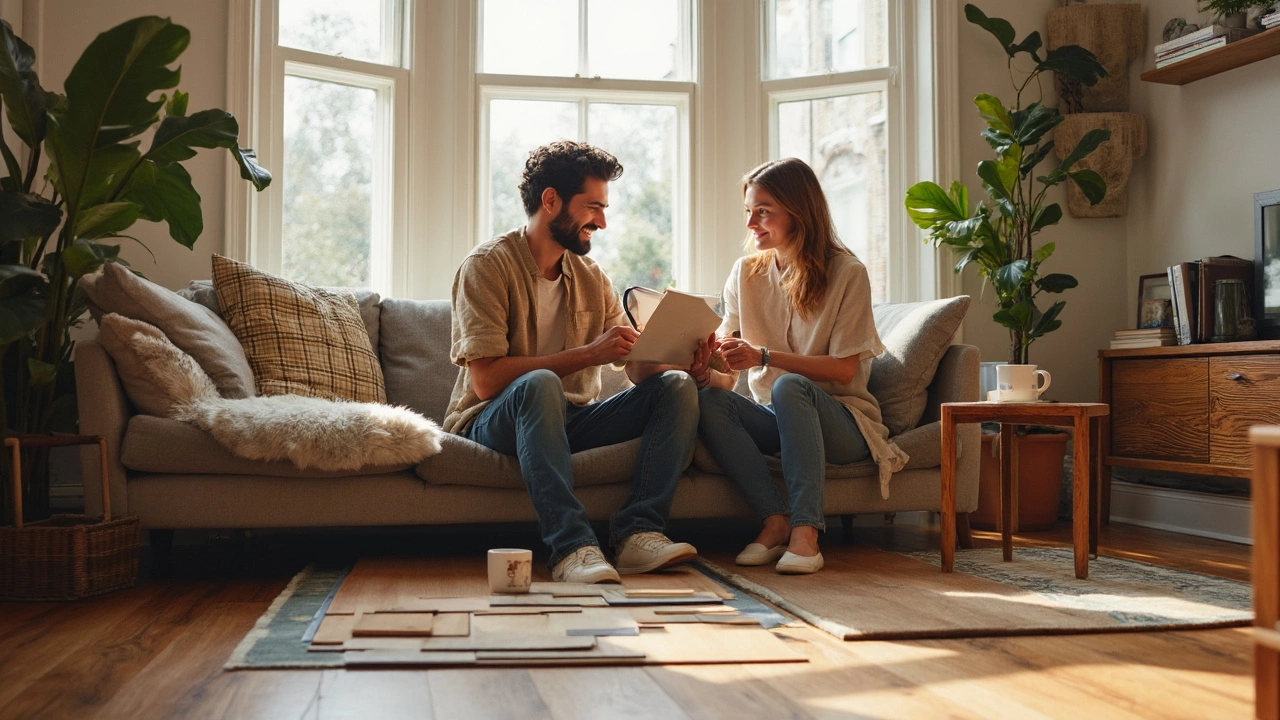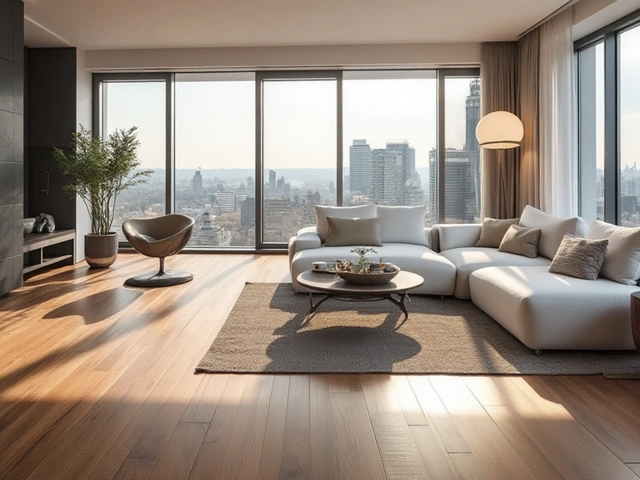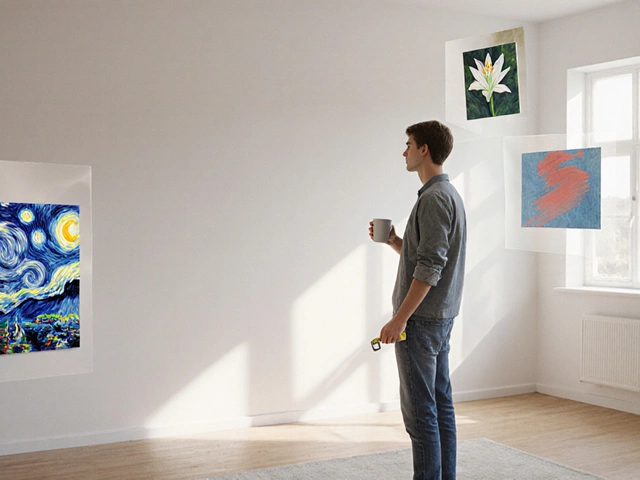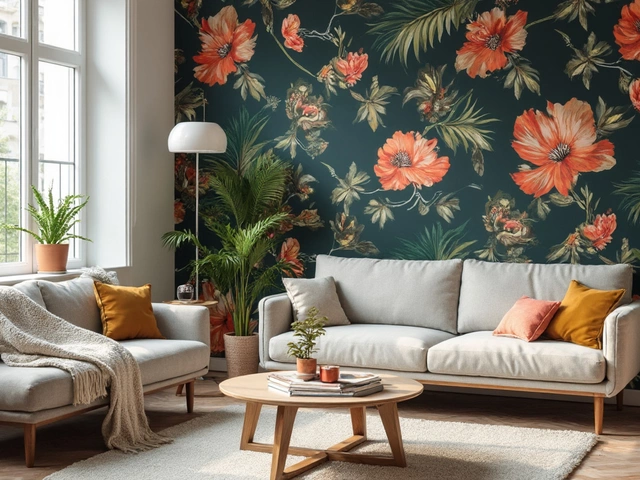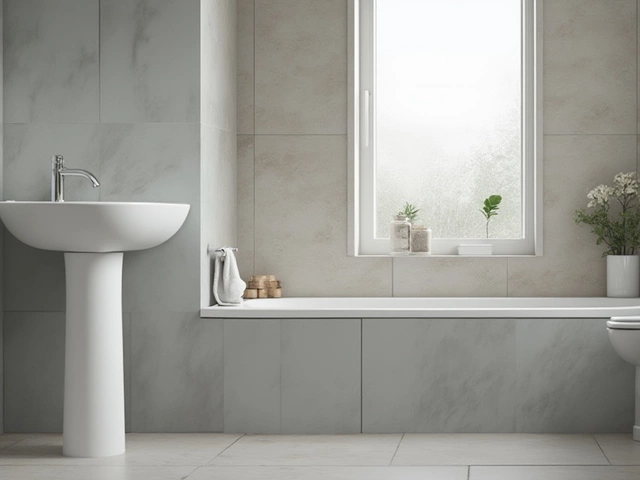Durable Floors – Strong Choices for Busy Homes
When you want a floor that can take a beating, you need more than just good looks. A durable floor stays smooth after kids run, pets scratch, and furniture moves. It also means less time and money fixing spots that wear out. Below you’ll get the basics on what makes a floor tough, plus a quick run‑through of the best options that fit most budgets.
What Makes a Floor Durable?
Durability comes down to three things: material hardness, resistance to moisture, and how easy it is to repair. Harder materials like porcelain tile or luxury vinyl plank (LVP) won’t dent easily, while engineered wood can handle everyday scratches better than solid hardwood. Water‑resistant surfaces stop swelling and warping – a big plus for kitchens and bathrooms. Finally, look for flooring that can be sanded, re‑finished, or have a single plank swapped out when it gets damaged.
Best Durable Flooring Options
Luxury Vinyl Plank (LVP): LVP mimics wood or stone but is waterproof and cheap to install. It’s perfect for high‑traffic areas and families with pets. A good quality LVP can last 10‑20 years with a simple mop and occasional wipe‑down.
Porcelain Tile: This tile is the heavyweight champ of durability. It resists scratches, stains, and water forever. It’s ideal for entryways, kitchens, and bathrooms. The downside is it can feel cold underfoot, but a rug solves that quickly.
Engineered Hardwood: If you love the look of real wood but need more resilience, engineered hardwood is the answer. Its layered construction stops warping, and the surface can be refinished a few times. It works well in living rooms and bedrooms where comfort matters.
Laminate with a high‑ABR rating: Modern laminate offers a hard wear layer that handles dents and scratches well. Look for an ABR (Abrasion Resistance) rating of 3 or higher for the toughest performance. It’s a budget‑friendly pick for kids’ rooms and hallways.
Choosing the right floor also means thinking about underlay and installation method. A quality underlay adds cushioning, reduces noise, and improves moisture barriers. Floating installations are faster and allow the floor to expand and contract without cracking.
Maintenance is simple for most durable floors – sweep or vacuum regularly, mop with a pH‑neutral cleaner, and wipe spills right away. For LVP and laminate, avoid harsh chemicals that can dull the finish. Tile only needs grout cleaning now and then, and engineered wood benefits from a damp mop rather than a soaking water soak.
In short, a durable floor saves you headaches and keeps your home looking fresh longer. Pick the material that fits the room’s use, your style, and your budget, then follow the easy care steps above. Your floors will thank you for years to come.

